Deliver effective care to patients undergoing prostatectomy this nursing care plan and management guide. Gain insights into nursing assessment, interventions, goals, and diagnosis customized for their specific needs.
What is Prostatectomy?
Prostatectomy is the surgical removal of the prostate wherein the procedure could include all (radical) or part (simple). Prostatectomy is indicated in the treatment of benign prostatic hyperplasia while radical prostatectomy is indicated in the treatment of prostate cancer.
- Transurethral resection of the prostate (TURP): Obstructive prostatic tissue of the medial lobe surrounding the urethra is removed by means of a cystoscope/resectoscope introduced through the urethra.
- Suprapubic/open prostatectomy: Indicated for masses exceeding 60 g (2 oz). Obstructing prostatic tissue is removed through a low midline incision made through the bladder. This approach is preferred if bladder stones are present.
- Retropubic prostatectomy: Hypertrophied prostatic tissue mass (located high in the pelvic region) is removed through a low abdominal incision without opening the bladder. This approach may be used if the tumor is limited.
- Perineal prostatectomy: Large prostatic masses low in the pelvic area are removed through an incision between the scrotum and the rectum. This more radical procedure is done for larger tumors/presence of nerve invasion and may result in impotence.
Nursing Care Plans and Management
Nursing care planning for patients who underwent prostatectomy includes: maintaining homeostasis and hemodynamic stability, promoting comfort, preventing complications, and providing information about the procedure, prognosis, and treatment.
Nursing Problem Priorities
The following are the nursing priorities for patients who underwent prostatectomy:
- Pain management
- Prevention and management of complications
- Promote urinary continence
- Monitor and manage potential urinary retention or incontinence
- Assist with early ambulation and mobility
- Monitor for potential erectile dysfunction
- Assist with catheter care and removal
Nursing Assessment
Assess for the following subjective and objective data:
- Reports of pain or discomfort in the surgical area
- Urinary symptoms such as frequency, urgency, or difficulty in urination
- Expression of concerns or anxiety related to sexual function and fertility
- Verbalization of emotional distress or changes in body image
- Assessment of surgical incision site(s) for redness, swelling, or signs of infection
- Palpation of the lower abdomen to assess for tenderness or masses
- Documentation of urinary output and assessment of urine characteristics
- Measurement of post-void residual (PVR) volume to evaluate bladder emptying
- Monitoring of catheter drainage and documentation of any abnormalities
Assess for factors related to the cause of problems related to prostatectomy:
- Mechanical obstruction: blood clots, edema, trauma, surgical procedure
- Pressure and irritation of catheter/balloon
- Loss of bladder tone due to preoperative overdistension or continued decompression
- Vascular nature of surgical area; difficulty controlling bleeding
- Restricted intake preoperatively
- Postobstructive diuresis
- Invasive procedures: instrumentation during surgery, catheter, frequent bladder irrigation
- Traumatized tissue, surgical incision (e.g., perineal)
- Reports of painful bladder spasms
- Autonomic responses
Nursing Diagnosis
Following a thorough assessment, a nursing diagnosis is formulated to specifically address the challenges associated with prostatectomy based on the nurse’s clinical judgement and understanding of the patient’s unique health condition. While nursing diagnoses serve as a framework for organizing care, their usefulness may vary in different clinical situations. In real-life clinical settings, it is important to note that the use of specific nursing diagnostic labels may not be as prominent or commonly utilized as other components of the care plan. It is ultimately the nurse’s clinical expertise and judgment that shape the care plan to meet the unique needs of each patient, prioritizing their health concerns and priorities.
Nursing Goals
Goals and expected outcomes may include:
- The patient will void normal amounts without retention.
- The patient will demonstrate behaviors to regain bladder/urinary control.
- The patient will maintain adequate hydration as evidenced by stable vital signs, palpable peripheral pulses, good capillary refill, moist mucous membranes, and appropriate urinary output.
- The patient will display no active bleeding.
- The patient will experience no signs of infection.
- The patient will achieve timely healing.
- The patient will report control and relief of pain.
- The patient will appear relaxed and will have enough sleep and rest.
- The patient will demonstrate the use of relaxation skills and diversional activities as indicated for individual situations.
- The patient will report an understanding of the sexual function and alterations that may occur with surgery in individual situations.
- The patient will discuss concerns about possible changes in body image, and sexual functioning with partner/SO and caregiver.
- The patient will demonstrate problem-solving skills regarding solutions to problems that occur.
- The patient will verbalize understanding of the surgical procedure and potential complications.
- The patient will verbalize understanding of therapeutic needs.
- The patient will correctly perform necessary procedures and explain reasons for actions.
Nursing Interventions and Actions
Therapeutic interventions and nursing actions for patients who underwent prostatectomy may include:
1. Improving Renal Function and Urinary Elimination
Prostatectomy involves the removal of part or all of the prostate gland, which can lead to impaired urinary elimination due to the disruption of the normal urinary tract anatomy and the possible damage or irritation to the surrounding tissues during surgery. This can result in difficulty with starting or stopping the flow of urine, urinary urgency or frequency, and other urinary problems.
During bladder irrigation, assess urine output and drainage system.
Retention can occur because of edema of the surgical area, blood clots, and bladder spasms.
Assist the patient to assume the normal position when voiding. Instruct to stand, and walk to the bathroom at frequent intervals after the catheter is removed.
Promotes a sense of normality and encourages the passage of urine.
Regularly check the dressing, incision, and drainage for excessive bleeding. Watch out for signs of bleeding and infection.
Reopening of sutures can occur.
Record time, amount of voiding, and size of the stream after the catheter is removed. Note reports of bladder fullness, inability to void, and urgency.
The catheter is usually removed 2–5 days after surgery, but voiding may continue to be a problem for some time because of urethral edema and loss of bladder tone.
Encourage the patient to void when the urge is noted but not more than every 2–4 hr per protocol.
Voiding with urge prevents urinary retention. Limiting voids to every 4 hr (if tolerated) increases bladder tone and aids in bladder retraining.
Measure residual volumes via suprapubic catheter, if present, or with Doppler ultrasound.
Monitors effectiveness of bladder emptying. Residuals of more than 50 mL suggest the need for continuation of the catheter until bladder tone improves.
Encourage fluid intake to 3000 mL as tolerated. Limit fluids in the evening, once the catheter is removed.
Maintains adequate hydration and renal perfusion for urinary flow. Reducing fluid intake at the right schedule decreases the need to void and interrupt sleep during the night.
Instruct patient to perform perineal exercises: tightening buttocks, stopping, and starting the urine stream.
Helps regain control of the bladder, sphincter, or urinary control and minimizes incontinence.
Advise the patient that “dribbling” is to be expected after the catheter is removed and should resolve as recuperation progresses.
The information helps the patient deal with the problem. Normal functioning may return in 2–3 wk but can take up to 8 mo following the perineal approach.
Maintain continuous bladder irrigation (CBI), as indicated, in the early postoperative period.
Flushes the bladder of blood clots and debris to maintain the patency of the catheter and urine flow.
2. Promoting Adequate Fluid Balance
Patients with prostatectomy are at risk for deficient fluid volume due to potential blood loss during surgery, as well as the need for limited fluid intake immediately after the procedure to allow for healing. Additionally, the use of diuretics to promote urinary function can also increase fluid loss, which can further exacerbate the risk of deficient fluid volume.
Monitor I&O.
Indicator of fluid balance and replacement needs. With bladder irrigations, monitoring is essential for estimating blood loss and accurately assessing urine output.
Note: Following release of urinary tract obstruction, marked diuresis may occur during initial recovery period.
Monitor vital signs, noting increased pulse and respiration, decreased BP, diaphoresis, pallor, delayed capillary refill, and dry mucous membranes.
Dehydration or hypovolemia requires prompt intervention to prevent impending shock. Note: Hypertension, bradycardia, nausea, and vomiting suggest “TURP syndrome,” requiring immediate medical intervention.
Investigate restlessness, confusion, and changes in behavior.
May reflect decreased cerebral perfusion (hypovolemia) or indicate cerebral edema from excessive solution absorbed into the venous sinusoids during TUR procedure (TURP syndrome).
Encourage fluid intake to 3000 mL/day unless contraindicated.
Flushes kidneys and/or bladder of bacteria and debris (clots). Note: Water intoxication or fluid overload may occur if not monitored closely.
Anchor catheter, avoid excessive manipulation.
Movement or pulling of the catheter may cause bleeding or clot formation and plugging of the catheter, with bladder distension.
Observe catheter drainage, noting excessive or continued bleeding.
Bleeding is not unusual during the first 24 hr for all but the perineal approach. Continued heavy bleeding or recurrence of active bleeding requires medical evaluation and prompt interventions.
Evaluate the color and consistency of urine
- Bright red with bright red clots. Usually indicates arterial bleeding and requires aggressive therapy.
- Dark burgundy with dark clots, increased viscosity. Suggests the most common type of bleeding: venous source. Usually subsides on its own.
- Bleeding with an absence of clots. This may indicate blood dyscrasias or systemic clotting problems.
Inspect dressings and wound drains. Weigh dressings if indicated. Note hematoma formation.
Bleeding may be evident or sequestered within tissues of the perineum.
Avoid taking rectal temperatures and use rectal tubes/enemas.
May result in referred irritation to the prostatic bed and increased pressure on the prostatic capsule with a risk of bleeding.
Monitor laboratory studies as indicated.
See Laboratory and Diagnostic Procedure
Administer IV therapy or blood products as indicated.
May need additional fluids, if oral intake is inadequate, or blood products, if losses are excessive.
Maintain traction on the indwelling catheter; tape the catheter to the inner thigh.
Traction on the 30-mL balloon positioned in the prostatic urethral fossa creates pressure on the arterial supply of the prostatic capsule to help prevent and control bleeding.
Release traction within 4–5 hr. Document the period of application and release of traction, if used.
Prolonged traction may cause permanent trauma or problems with urinary control.
Administer stool softeners and laxatives as indicated.
See Pharmacologic Management
3. Initiating Infection Control and Minimizing Infection Risk
Patients with prostatectomy are at risk for infection due to the introduction of bacteria and other microorganisms during the surgical procedure, as well as the use of urinary catheters or other medical devices which can act as a source of infection. Infection can be a serious complication and requires prompt treatment to prevent the spread of infection and further health complications.
Monitor vital signs, noting low-grade fever, chills, rapid pulse and respiration, restlessness, irritability, and disorientation.
A patient who has had cystoscopy and/or TURP is at increased risk for surgical or septic shock related to manipulation and instrumentation.
Observe drainage from wounds around the suprapubic catheter.
The presence of drains around the suprapubic incision increases the risk of infection, as indicated by erythema and purulent drainage.
Maintain a sterile catheter system. Provide regular catheter and meatal care with soap and water. Apply antibiotic ointment around the catheter site.
Measures to prevent the introduction of bacteria that may cause infection or sepsis.
Ambulate with drainage bag dependent.
Avoids backward reflux of urine, which may introduce bacteria into the bladder.
Change dressings frequently (suprapubic or retropubic and perineal incisions), cleaning and dry skin thoroughly each time.
Wet dressings cause skin irritation and provide media for bacterial growth, increasing risk of wound infection.
Use ostomy-type skin barriers.
Provides protection for surrounding skin, preventing excoriation and reducing risk of infection.
Administer antibiotics as indicated.
See Pharmacologic Management
4. Providing Acute Pain Relief
Patients with prostatectomy may experience acute pain due to the surgical incision, tissue trauma, and inflammation caused by the procedure. The use of catheters and drains, as well as positioning and movement during the recovery period, can also contribute to pain and discomfort. Pain management is an important aspect of nursing care plans for patients with prostatectomy to ensure patient comfort and support healing.
Assess pain, noting location, characteristics, and intensity (0–10 scale).
Sharp, intermittent pain with an urge to void or passage of urine around the catheter suggests bladder spasms, which tend to be more severe with suprapubic or TUR approaches (usually decrease by the end of 48 hr).
Maintain patency of catheter and drainage system. Keep tubings free of kinks and clots.
Maintaining a properly functioning catheter and drainage system decreases risk of bladder distension and/or spasm.
Promote intake of up to 3000 mL/day as tolerated.
Decreases irritation by maintaining a constant flow of fluid over the bladder mucosa.
Give the patient accurate information about catheter, drainage, and bladder spasms.
Allays anxiety and promotes cooperation with necessary procedures.
Provide comfort measures. Position changes, back rubs, and diversional activities. Encourage the use of relaxation techniques, including deep-breathing exercises, visualization, and guided imagery.
Reduces muscle tension, refocuses attention, and may enhance coping abilities.
Provide sitz baths or heat lamps if indicated.
Promotes tissue perfusion and resolution of edema, and enhances healing (perineal approach).
Administer antispasmodics as indicated.
See Pharmacologic Management
5. Improving Sexual Function
Patients with prostatectomy are at risk for sexual dysfunction due to the removal of the prostate gland, which plays a crucial role in sexual function by producing seminal fluid. This can result in erectile dysfunction, decreased libido, and other sexual issues, which can impact the patient’s quality of life and emotional well-being. Nursing care plans for patients with prostatectomy may include education and support for coping with sexual dysfunction, as well as referral to appropriate specialists for further treatment.
Give opportunities or openings for patients and SO to talk about concerns of incontinence and sexual functioning.
May have anxieties about the effects of surgery and may be hesitant about asking necessary questions. Anxiety may have affected the ability to access information given previously.
Discuss basic anatomy. Be open and honest in answers to patients’ questions.
The nerve plexus that controls erection runs posteriorly to the prostate through the capsule. In procedures that do not involve the prostatic capsule, impotence, and sterility usually are not consequences. Surgical procedures may not provide a permanent cure, and hypertrophy may recur.
Give accurate information about the expectation of a return of sexual function.
Physiological impotence occurs when the perineal nerves are cut during radical procedures; with other approaches, sexual activity can usually be resumed in 6–8 weeks Note: Penile prosthesis may be recommended to facilitate erection and correct impotence following radical perineal procedure. Another option that may restore the ability to have an erection is the use of sildenafil citrate (Viagra).
Discuss retrograde ejaculation if a transurethral or suprapubic approach is used.
The seminal fluid goes into the bladder and is excreted with the urine. This does not interfere with sexual functioning but will decrease fertility and cause urine to be cloudy.
Instruct in perineal and interruption and/or continuation of urinary stream exercises.
Kegel exercises promote regaining muscular control of urinary continence and sexual function.
Refer to a sexual counselor as indicated.
Persistent or unresolved problems may require professional intervention.
6. Initiating Patient Education and Health Teachings
Patients with prostatectomy may have deficient knowledge about the procedure, expected outcomes, and post-operative care, which can impact their ability to effectively manage their recovery and prevent complications. Nursing care plans for patients with prostatectomy should include education and support to ensure patients have a thorough understanding of the procedure, expected recovery timeline, and self-care instructions. This can improve patient outcomes and promote a smoother recovery.
Review implications of procedure and future expectations.
Provides a knowledge base from which patients can make informed choices.
Stress the necessity of good nutrition; encourage the inclusion of fruits, and increased fiber in diet.
Promotes healing and prevents constipation, reducing the risk of postoperative bleeding.
Discuss initial activity restrictions: avoidance of heavy lifting, strenuous exercise, prolonged sitting or long automobile trips, and climbing more than two flights of stairs at a time.
Increased abdominal pressure and/or straining places stress on the bladder and prostate, potentiating the risk of bleeding.
Encourage continuation of perineal exercises.
Facilitates urinary control and alleviation of incontinence.
Instruct in urinary catheter care if present. Identify sources for support.
Promotes independence and competent self-care.
Instruct patient to avoid tub baths after discharge.
Decreases the possibility of infection, and introduction of bacteria.
Review signs and symptoms requiring medical evaluation, erythema, purulent drainage from wound sites, changes in character or amount of urine, presence of urgency and/or frequency, heavy bleeding, fever, or chills.
Prompt intervention may prevent serious complications. Note: Urine may appear cloudy for several weeks until postoperative healing occurs and may appear cloudy after intercourse because of retrograde ejaculation.
Stress importance of follow-up care: PSA testing.
PSA levels are monitored to assess for residual tumors. Persistent incontinence will require additional evaluation or treatment.
7. Administer Medications and Provide Pharmacologic Support
Medications used for prostatectomy, a surgical procedure for the removal of the prostate gland, play a significant role in the recovery and management of related conditions. These medications include pain relievers to manage post-operative pain, antibiotics to prevent infection, and stool softeners to prevent straining during bowel movements and reduce discomfort related to post-operative constipation.
Antibiotics
May be given prophylactically because of the increased risk of infection with prostatectomy.
Stool softeners and laxatives
Prevention of constipation and/or straining for stool reduces the risk of rectal-perineal bleeding.
Oxybutynin (Ditropan), flavoxate (Urispas), B & O suppositories.
Relaxes smooth muscle to provide relief of spasms and associated pain.
Propantheline bromide (Pro-Banthîne).
Relieves bladder spasms by anticholinergic action. Usually discontinued 24–48 hr before anticipated removal of catheter to promote normal bladder contraction.
8. Monitoring Results of Diagnostic and Laboratory Procedures
Complete Blood Count (CBC), coagulation studies, and platelet count are used in prostatectomy to assess the patient’s blood parameters, including hemoglobin levels, clotting ability, and platelet count. These tests help evaluate the patient’s overall blood health, identify potential bleeding or clotting disorders, and guide decisions regarding blood transfusions or other interventions to optimize surgical outcomes and decrease complications during and after prostatectomy.
Hb/Hct, RBCs.
Useful in evaluating blood losses or replacement needs.
Coagulation studies, platelet count.
This may indicate developing complications: depletion of clotting factors, DIC.
Recommended Resources
Recommended nursing diagnosis and nursing care plan books and resources.
Disclosure: Included below are affiliate links from Amazon at no additional cost from you. We may earn a small commission from your purchase. For more information, check out our privacy policy.
Ackley and Ladwig’s Nursing Diagnosis Handbook: An Evidence-Based Guide to Planning Care
We love this book because of its evidence-based approach to nursing interventions. This care plan handbook uses an easy, three-step system to guide you through client assessment, nursing diagnosis, and care planning. Includes step-by-step instructions showing how to implement care and evaluate outcomes, and help you build skills in diagnostic reasoning and critical thinking.

Nursing Care Plans – Nursing Diagnosis & Intervention (10th Edition)
Includes over two hundred care plans that reflect the most recent evidence-based guidelines. New to this edition are ICNP diagnoses, care plans on LGBTQ health issues, and on electrolytes and acid-base balance.

Nurse’s Pocket Guide: Diagnoses, Prioritized Interventions, and Rationales
Quick-reference tool includes all you need to identify the correct diagnoses for efficient patient care planning. The sixteenth edition includes the most recent nursing diagnoses and interventions and an alphabetized listing of nursing diagnoses covering more than 400 disorders.

Nursing Diagnosis Manual: Planning, Individualizing, and Documenting Client Care
Identify interventions to plan, individualize, and document care for more than 800 diseases and disorders. Only in the Nursing Diagnosis Manual will you find for each diagnosis subjectively and objectively – sample clinical applications, prioritized action/interventions with rationales – a documentation section, and much more!

All-in-One Nursing Care Planning Resource – E-Book: Medical-Surgical, Pediatric, Maternity, and Psychiatric-Mental Health
Includes over 100 care plans for medical-surgical, maternity/OB, pediatrics, and psychiatric and mental health. Interprofessional “patient problems” focus familiarizes you with how to speak to patients.

See also
Other recommended site resources for this nursing care plan:
- Nursing Care Plans (NCP): Ultimate Guide and Database MUST READ!
Over 150+ nursing care plans for different diseases and conditions. Includes our easy-to-follow guide on how to create nursing care plans from scratch. - Nursing Diagnosis Guide and List: All You Need to Know to Master Diagnosing
Our comprehensive guide on how to create and write diagnostic labels. Includes detailed nursing care plan guides for common nursing diagnostic labels.
Other care plans and nursing diagnoses related to reproductive and urinary system disorders:
- Acute Glomerulonephritis | 4 Care Plans
- Acute Renal Failure | 6 Care Plans
- Benign Prostatic Hyperplasia (BPH) | 5 Care Plans
- Chronic Renal Failure | 10 Care Plans
- Hemodialysis | 3 Care Plans
- Hysterectomy (TAHBSO) | 6 Care Plans
- Mastectomy | 15 Care Plans
- Menopause | 6 Care Plans
- Nephrotic Syndrome | 5 Care Plans
- Peritoneal Dialysis | 6 Care Plans
- Prostatectomy | 6 Care Plans
- Urolithiasis (Renal Calculi) | 4 Care Plans
- Urinary Tract Infection | 4 Care Plans
- Vesicoureteral Reflux (VUR) | 5 Care Plans
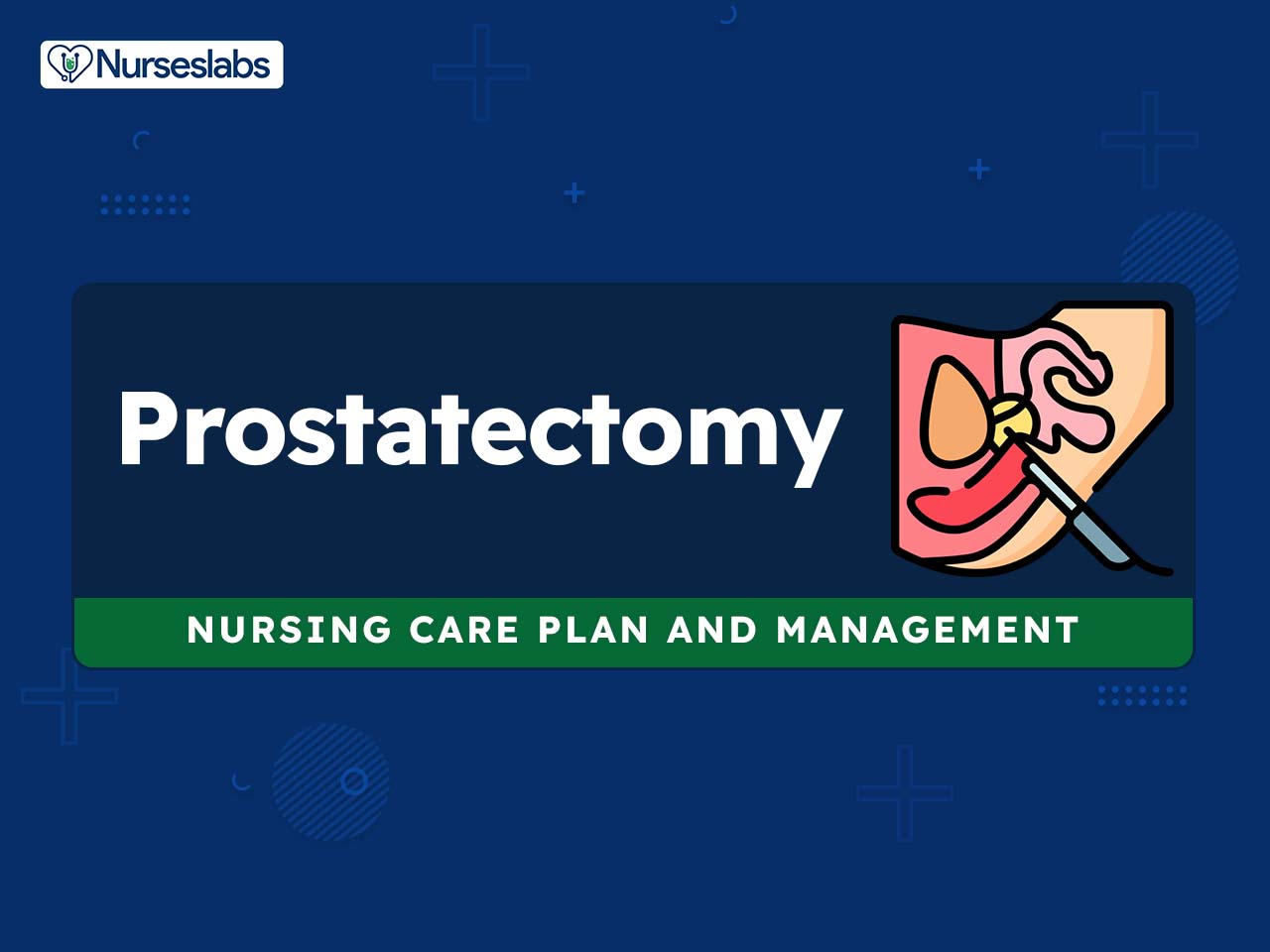



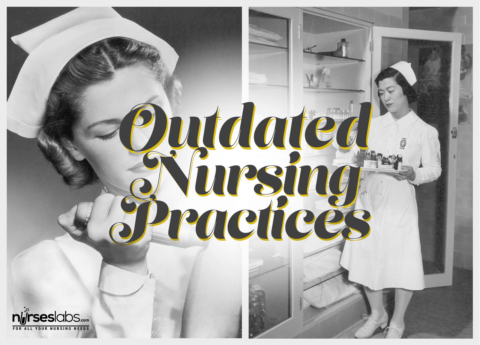























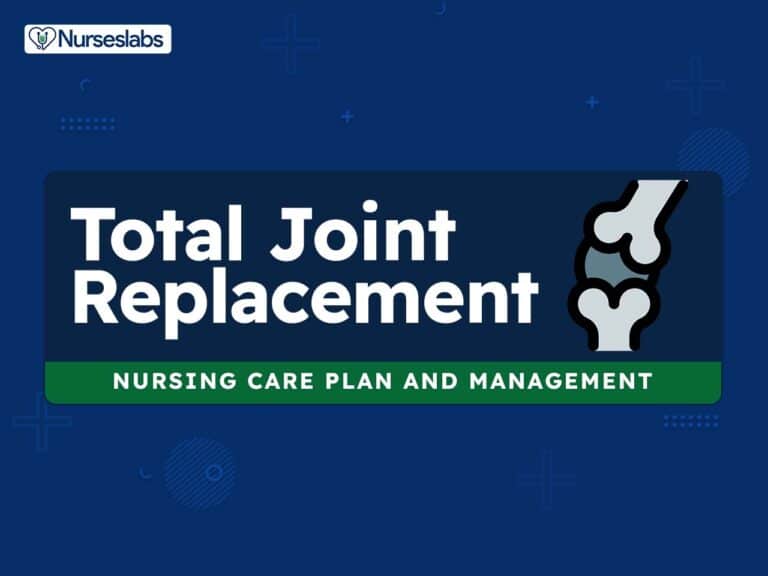

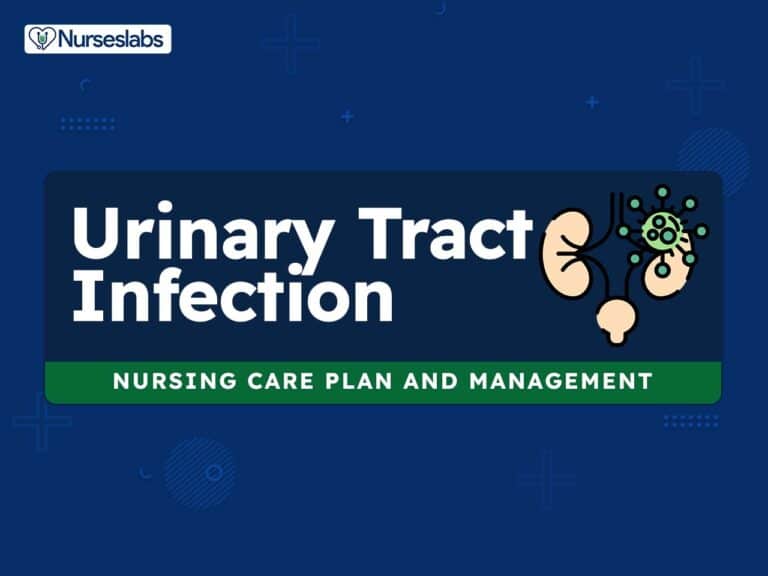
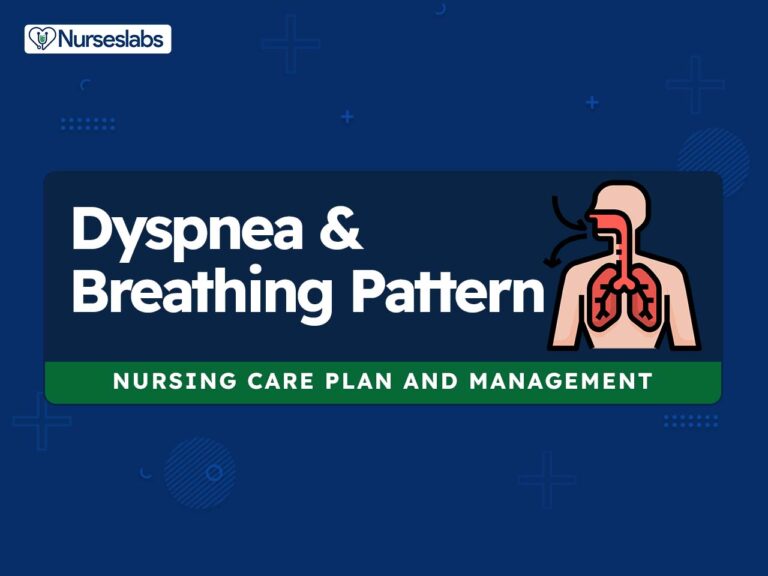
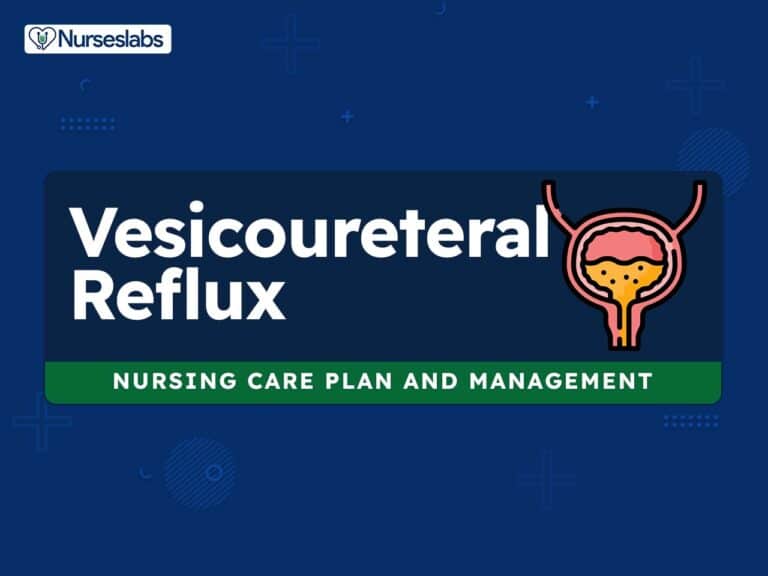
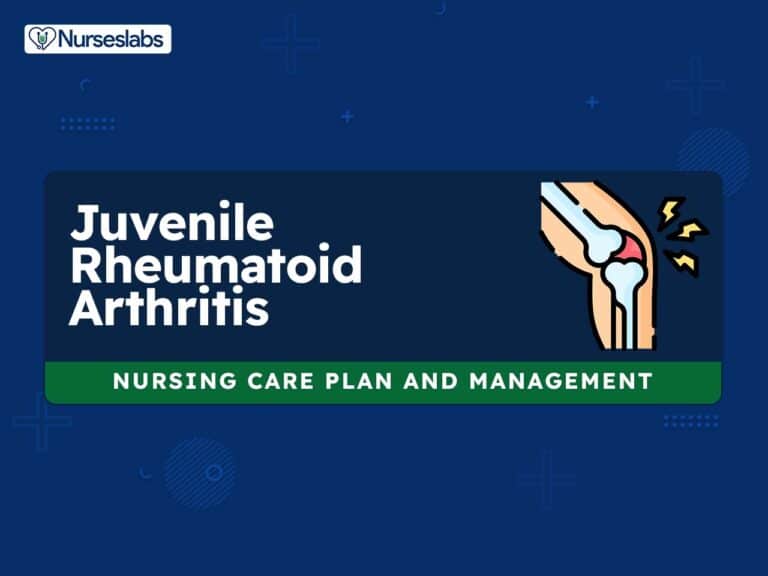
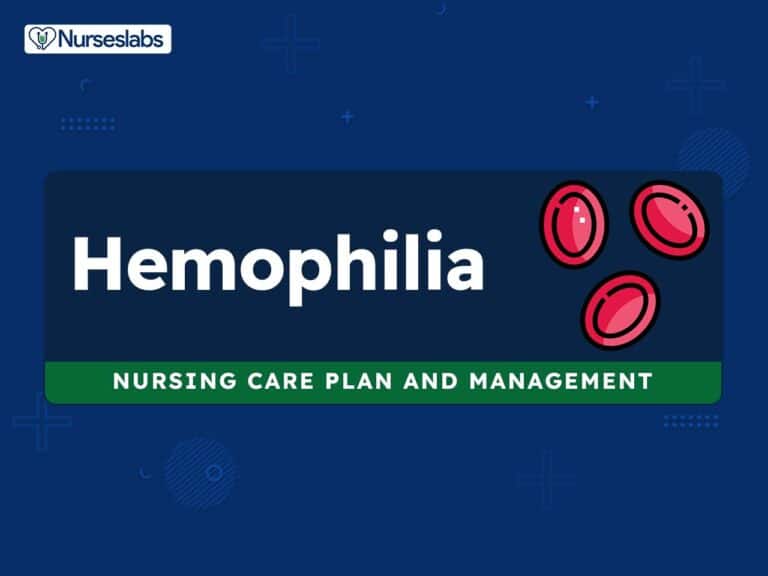

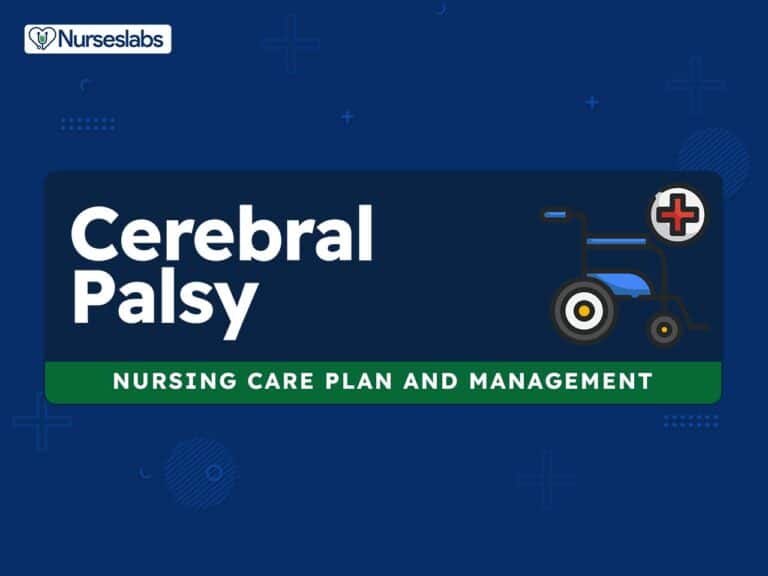
Leave a Comment